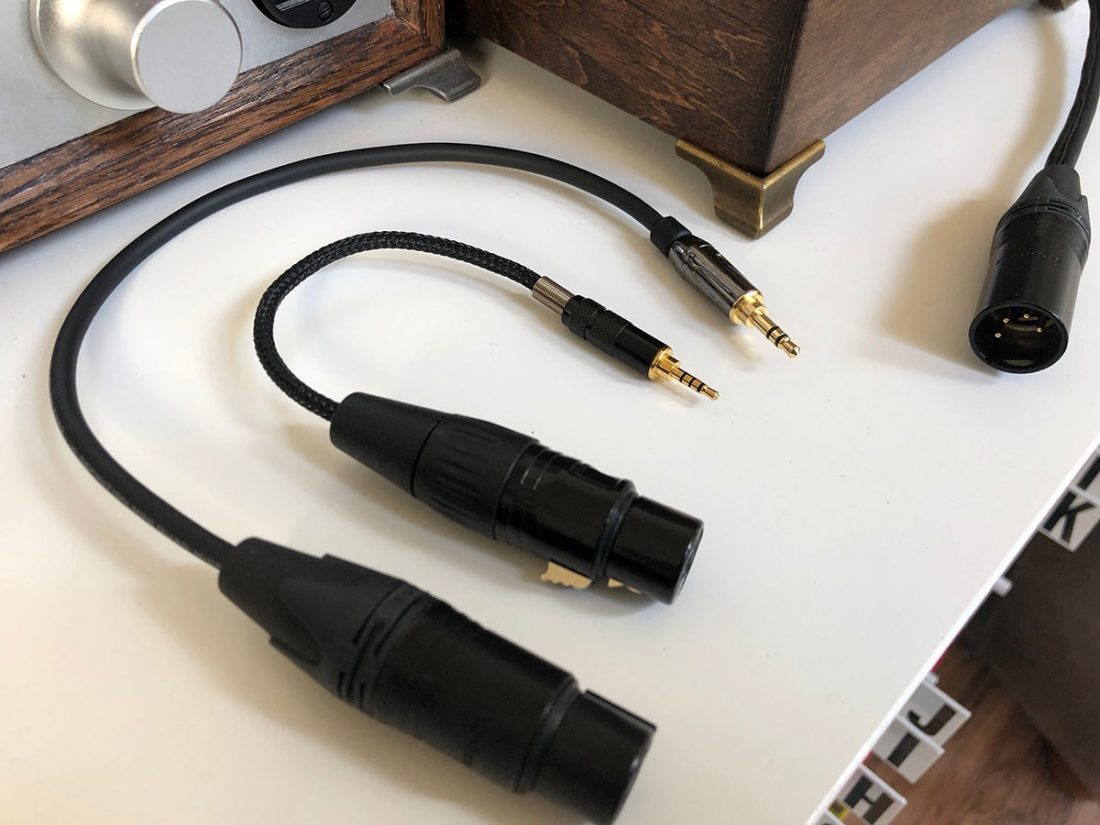A typical headphone source (amplifier, DAP, etc.) supports an unbalanced headphone connection. Think of that round ¼” headphone jack on your stereo or the 3.5mm socket on your (non-i) phone. However, it is becoming much more common for manufacturers to also include separate balanced headphone connections on their devices. While once the purview of ultra-high-end or professional equipment, balanced connections have recently found their way to lower-priced consumer products. The idea, however, isn’t a new one. In fact, the HeadRoom Blockhead balanced headphone amplifier was introduced way back in 1999. To confuse matters, some amplifiers will have outputs that are labeled balanced and single-ended, rather than balanced and unbalanced. So what’s single-ended and is it different from unbalanced? To answer this question, we have to take a short detour through amplification theory.
Single-Ended or Differential? Unbalanced or Balanced?
One basic amplifier circuit structure is referred to as single-ended. In a single-ended amplifier, the signal always remains whole and is handled in its entirety by the amplifying devices (tubes or transistors). In this type of circuit structure, we usually have two important voltage references: the signal itself and ground. The other basic amplifying structure is referred to as differential (or push-pull). A differential amplifier has pairs of devices, with each half of a pair amplifying opposite phases of the signal. Differential amplification can achieve higher power and greater efficiency than single-ended amplification (given the same parts). A differential amplifier only cares about the difference between phases, so non-linearities, power supply ripple, and interference tend to cancel once the phases are recombined. The phases (positive and negative or hot and cold) are the two important voltage references for differential amplification. While single-ended amplifiers tend to have unbalanced connections and balanced outputs tend to be driven by differential amplifiers, these are not rules set in stone. This chart includes only a handful of better-known amplifiers, but hopefully illustrates the taxonomies involved.
Line-Level Connections
Unbalanced and balanced connections are possible between devices (for example: source or DAC to amplifier, including inputs and outputs) and also between a source or amplifier to headphones (output only). These connections aren’t, in fact, the same. Unbalanced line-level connections are usually implemented with RCA jacks for audio, while balanced line-level connections typically utilize dual 3-pin XLR jacks for both the input and output. In both cases, one jack is normally used for each audio channel (left and right). Whether you encounter these connections depends on the complexity of your personal setup and whether the source, DAC, and amp all are contained within one integrated device or are connected via external cables. Certainly, balanced line-level connections normally only appear on higher end gear. The industry would like to equate balanced connections with expensive, high-end, and ultimate fidelity, however, this isn’t necessarily the case. In this article we will discuss the technology behind balanced and unbalanced connections and if it makes an appreciable improvement, or even a difference, in sound quality.
Balanced Amplifiers or Sources
As explained earlier, the term “balanced amplifier” is something of a misnomer. Balanced and unbalanced are types of interconnections between devices; these terms do not refer to specific amplifier architectures. Usually when you see the phrase “balanced amplifier” it is referring to a differential amplifier without shared grounds and balanced outputs. A truly balanced and differential signal path from source to load requires double the circuitry and is thus more expensive to manufacture, but it can yield an audible improvement. This is sometimes referred to as ‘dual-mono’ to indicate that each channel is completely isolated from the other.
Unbalanced Connections
In the simplest terms, transferring an audio signal to a single headphone driver requires a pair of wires to create a loop. This loop connects the audio source and the load (headphone driver). For a pair of headphones, there are two wires connected to each channel: left ‘L’ and right ‘R’. Each pair of wires provides a voltage reference; it is the difference between these references that drives our headphones. It works the same way for line-level connections between components. Unbalanced connections derive their name from the relative impedance to ground of the two connections in each channel: hot or positive ‘+’ and ground or negative ‘-’. Because the impedance to ground differs, we call the connection unbalanced. In an unbalanced headphone setup, the ground connections for both sides are often tied together, so it is possible that the headphone cable may only consist of 3 wires: L, R and shared ground. However, most headphones of decent quality do have a separate wire from each negative terminal of the headphone driver through the length of the cable. These individual grounds are joined at the plug connector. The most common type of headphone connector is unbalanced and has three contacts for the L+, R+ and shared -. This is known as a TRS (Tip, Ring, Sleeve) connector.
Drawbacks of Unbalanced Connections
A possible negative side effect of an unbalanced connection (line level or headphone) is the potential for unwanted noise, interference or hum to be introduced to the signal. Because the ground is linked, wayward currents from power supply transformer leakages or stray capacitance can become part of the audio signal. These currents can introduce undesirable audible hum or other interference in unbalanced connections. In addition, the shared ground between unbalanced channels is blamed for crosstalk. Crosstalk is essentially unwanted signal leakage (or coupling) between audio channels. While crosstalk is one of the basic audio measurements, be aware that it seldom causes audible issues in modern equipment. These drawbacks led professional audio gear to require a different connection method to avoid unwanted noise or audio degradation. Thus, balanced connections were born.
Balanced Connections
A balanced connection has two signal phases per channel. Each phase has an equal impedance relative to ground, hence the name balanced. The advantage of balanced connections over unbalanced connections is common-mode noise rejection. It is called ‘common mode’ noise because the direction of the noise currents appearing simultaneously on the positive and negative sides is the same; a noise voltage differential does not appear across the two sides. Common-mode noise can generate Radio Frequency Interference (RFI) in cables. Because any interference is imprinted equally on the two phases’ equal impedance, that common-mode interference cancels out. This can be especially useful in professional setups that require very long transmission cables (such as microphones) with low noise.
A Mathematical Look at Signal and Noise
In mathematical terms, we can take a look at how noise is removed from a balanced connection. Signal: S Noise: N Conductors: C1 and C2
For an unbalanced connection, each signal travels along one conductor. For a balanced connection, each conductor contains half the signal out of phase.
When noise is added to each conductor, the equations above become:
For an unbalanced connection, noise is added disproportionately to the high impedance signal conductor, resulting in a net noise contribution on the output. For a balanced connection, noise is added to both phases equally and is canceled out, leaving only the signal.
Drawbacks of Balanced Connections
At first glance, balanced connections appear to have many advantages over unbalanced, so clearly balanced must be the audiophile’s choice! Unfortunately, nothing is quite as easy as it seems. Although in certain applications a balanced connection is, in fact, superior, it doesn’t come without drawbacks. While balanced connections reduce hum and interference, the usual differential approaches to driving balanced outputs can also impact audio quality because the source output impedance is effectively doubled. The random output noise will also double because there are two amplifiers rather than one. Balanced differential connections and circuitry are by their very nature more complicated than unbalanced single-ended. This can further introduce audible imperfections. Although the on-paper effects of the additional circuitry are usually considered inaudible, it is possible that the sound may be degraded due to how the circuitry is implemented. The quality of the balanced circuitry implementation is paramount, else the theoretical benefits may not outweigh the potential issues of interference or noise with an unbalanced connection.
Balanced Connections Are More Powerful and Faster
A couple of things come up often when discussing the benefits of balanced connections. Balanced provides more power and a faster response. While true, does this offer any real-world advantages? While a vast improvement in power seems like an advantage, it is important to consider that more power doesn’t equate to improved audio quality. If the headphone can be driven easily by the amplifier, an abundance of power doesn’t necessarily offer any sonic benefits. Balanced proponents such as Headphone.com declare that “balanced-drive delivers a noted increase in audio performance due to the doubling of the amp’s voltage slew rate…”. Slew rate speaks to the speed of an amplifier. It is defined as the maximum rate at which an amplifier can respond to an abrupt change of input level. Again, it is important to consider that ‘powerful enough’ and ‘fast enough’ are real concepts. It is quite possible to design components far beyond audible levels. If something isn’t audible, further enhancing it yields no improvement. NwAvGuy goes further to say,
Headphone Cables and Connectors
Headphone cables come with a variety of connectors, and it can be difficult for the uninitiated to differentiate between balanced and unbalanced. For the purpose of this discussion, we are focussing on the end of the cable that plugs into the source, not into the headphones (as the headphone cup connector does not determine unbalanced or balanced; all headphone drivers are inherently balanced).
Types of Unbalanced Headphone Connectors
If the headphone cable comes with a standard 3-pole TRS stereo connector, it must be unbalanced, regardless if it is a larger 6.35 (¼”) or smaller 3.5mm (⅛”) connector. A 3-pole connection means the grounds are tied together and will not work with a balanced output. It is not possible to convert an unbalanced headphone cable to a balanced connection with an adapter as there is no way to untie these grounds. However, replacing the plug with a balanced connector is an option. Conversely, a balanced headphone cable can be converted for use with an unbalanced output. This simply requires a compatible adapter that ties the two negative lines together and has a connector plug to fit the source.
Types of Balanced Headphone Connectors
Traditionally 4-pin XLR connectors have been used for the connection between balanced headphone cables and a headphone amplifier. While appropriate in professional audio situations where the larger size and tough construction are prized, XLRs make heavy and clumsy home headphone connectors. For portable devices, they are frankly ridiculous. Some manufacturers adopt the ‘more is better’ approach and actually use dual 3-pin XLR connections between a balanced headphone and the amplifier. One for each Left and Right channel (the same as is done with line-level balanced interconnects). 2.5mm TRRS connections are fast becoming the norm for portable balanced headphone use. The smaller size not only is ideal for tiny devices, it also prohibits accidental insertion of a single-ended 3.5mm plug, and provides the 4 discrete poles necessary for balanced operation. While not a headphone cable, it should be noted that a potential hum issue can be introduced when connecting a portable source to a non-portable device with a true earth ground. For example, a battery-operated DAC or DAP connected to a home headphone amplifier. While not an issue with unbalanced connections, using a 4-pole balanced connection (such as the 2.5mm TRRS) can produce unwanted noise due to differences between ground references. As you may have guessed, lack of standardization is certainly a factor with balanced connectors, leading to a plethora of adapters and plenty of confusion. There are seven different types of balanced connections for headphones and an additional one specifically for electrostatic headphones:
4-pin XLR (common non-portable headphone amplifier standard) Dual 3-pin (standard) XLR Mini 4-pin XLR TRRS 3.5mm (used on balanced cup connection on Oppo PM-3, Hifiman HM-901 and Geek Out v2) TRRS 2.5mm (used by Astell and Kern, Onkyo, HiFiMan and Little Bear) Kobicon miniature 4-pin Auto-IRIS (relatively rare but found on Ray Samuels RSA and Centrance balanced headphone amps) 5-pole 4.4mm Pentaconn (used by Sony) 5-pole connector for electrostatic headphones
Balanced Connection examples from DIY Audio Blog:
Conclusion
As we have seen, there is no simple, clear-cut answer for whether unbalanced or balanced is a superior connection over the other. Whether a balanced connection provides an advantage depends on the circuits within a device and what provides the best signal path with the least degradation. In this way, the source, rather than the headphones, is the critical component. In truth, a well designed single-ended amplifier featuring unbalanced connections is capable of truly excellent audio performance. Certainly, it can be superior to a poorly implemented balanced design. The inverse is also true. Usually, the only thing that differentiates the headphones themselves as unbalanced or balanced is the connector plug on the cable. Since many headphones have socketed user-replaceable cables, there are a ton of available options out there. Balanced has clear advantages in professional audio applications and noisy environments, but for us headphone enthusiasts, it really is going to come down to the individual component (or components) in the audio chain. There are equally as many cases where properly implemented simple unbalanced solutions (rather than balanced) will be the clear winner. It’s far too easy to get swept up in a case of ‘upgradeitis’, where chasing every tweak and hyped potential improvement is the norm. Just because you read a manufacturer’s claim or heard from an online audiophile guru that balanced is ‘always superior’, doesn’t make it a fact in all (or perhaps even most) cases. If your source has the option of both unbalanced and balanced outputs, nothing beats trying them both yourself. Listen. Go with what sounds better to you. That’s the ‘right’ answer to which connection is superior.
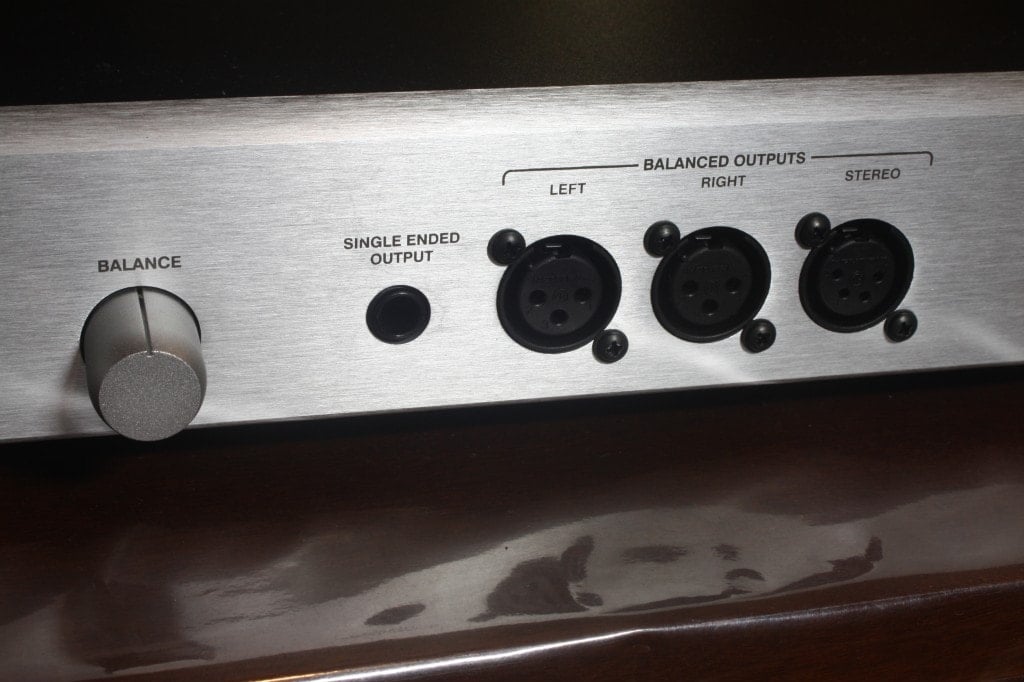

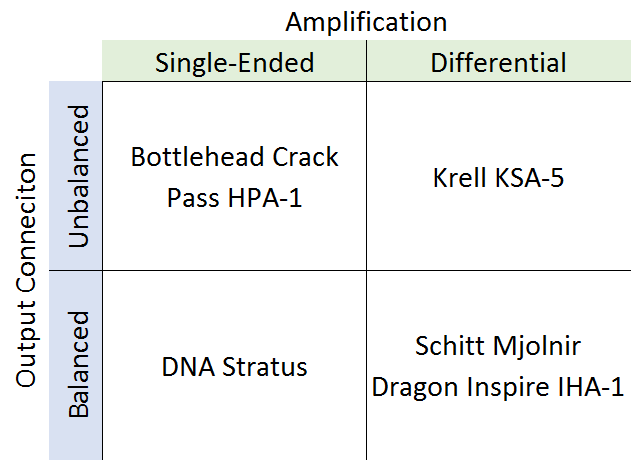
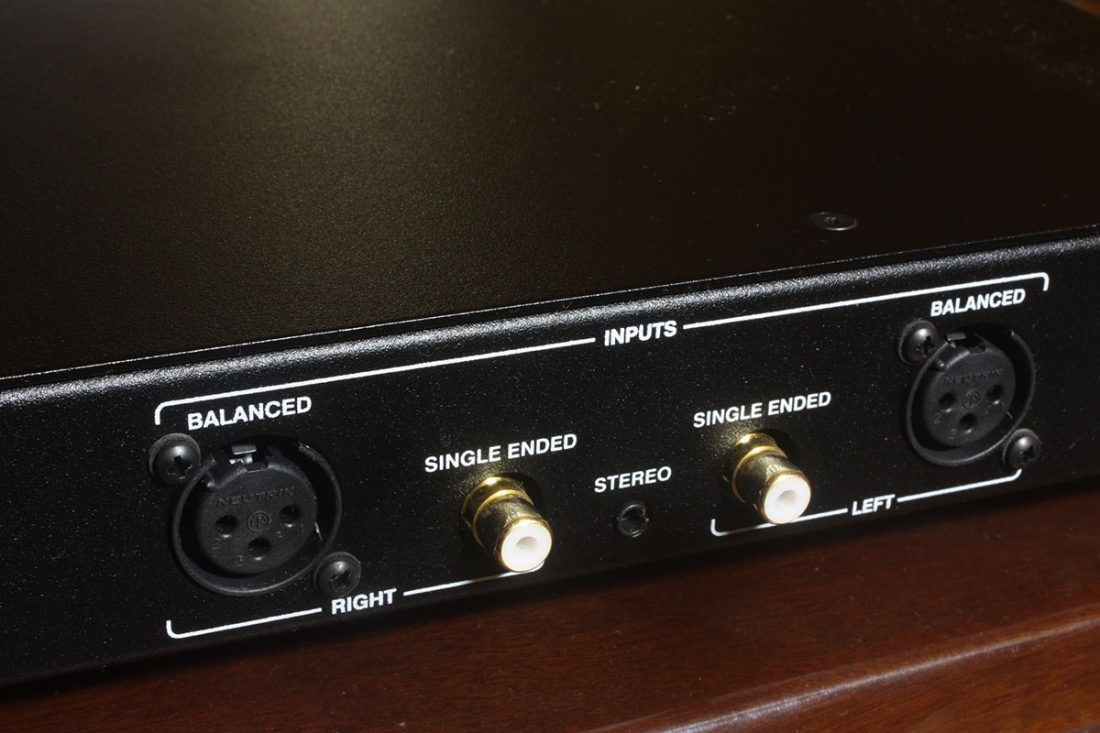
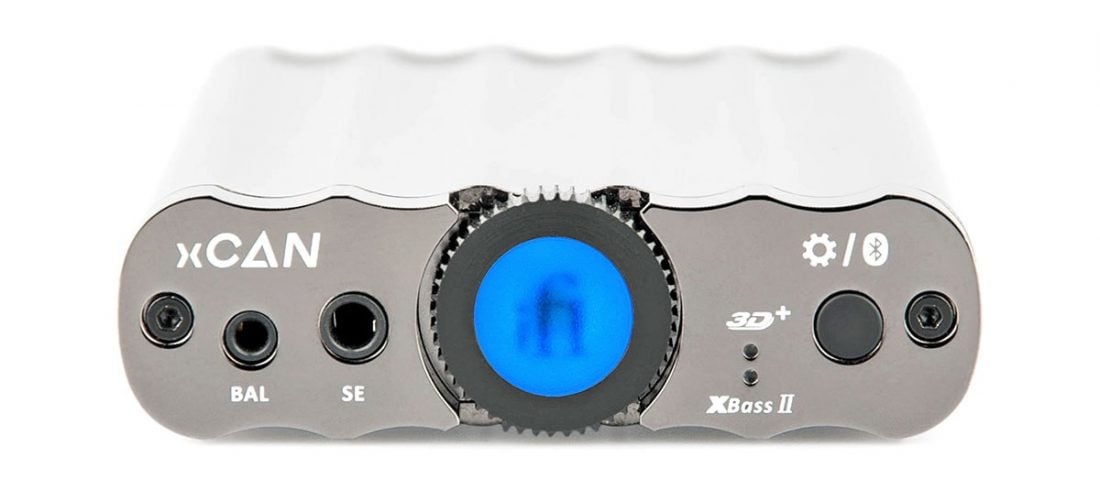
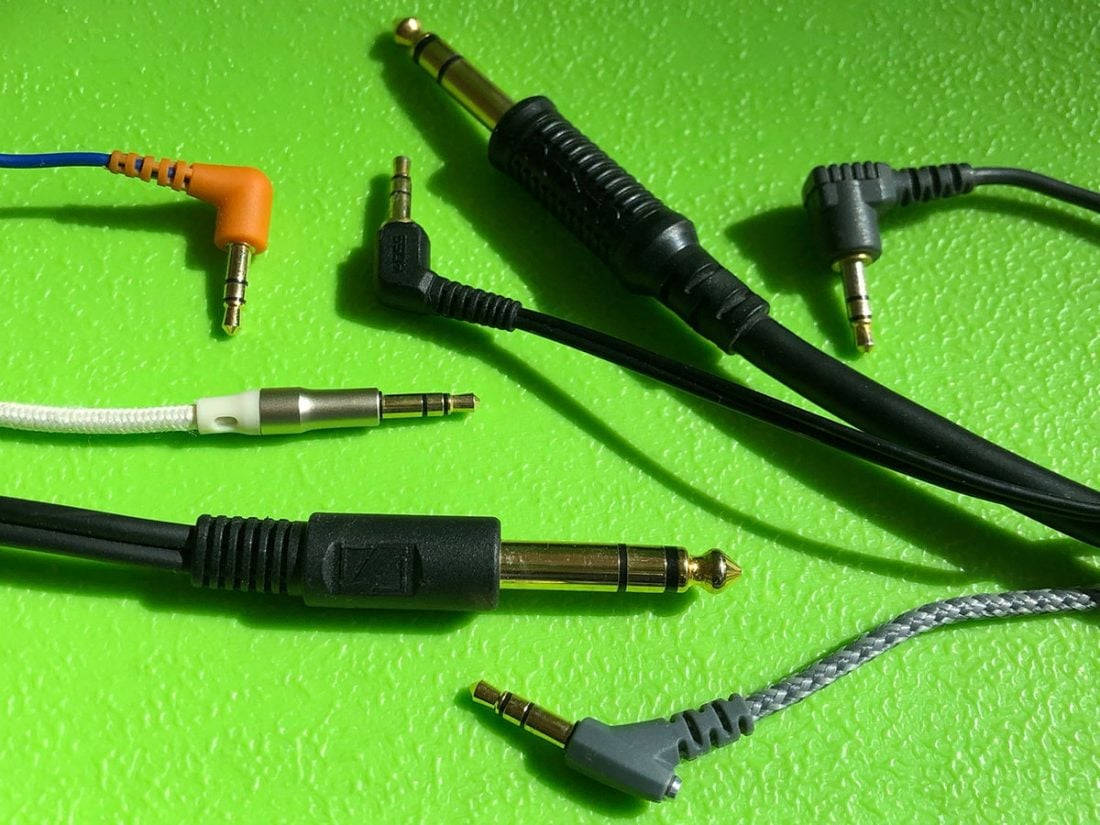
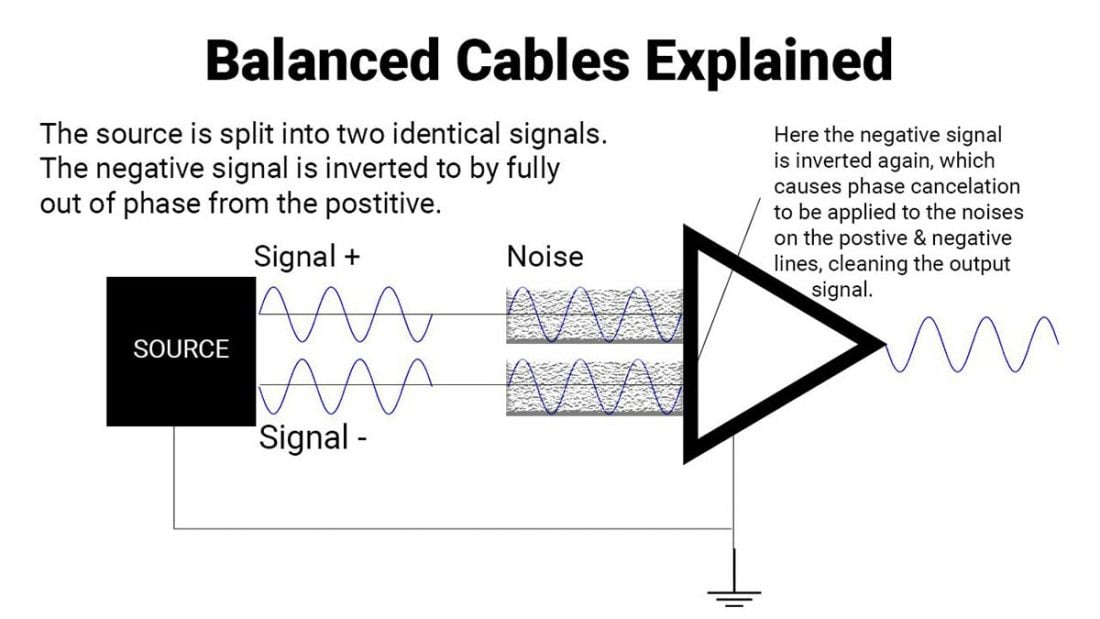
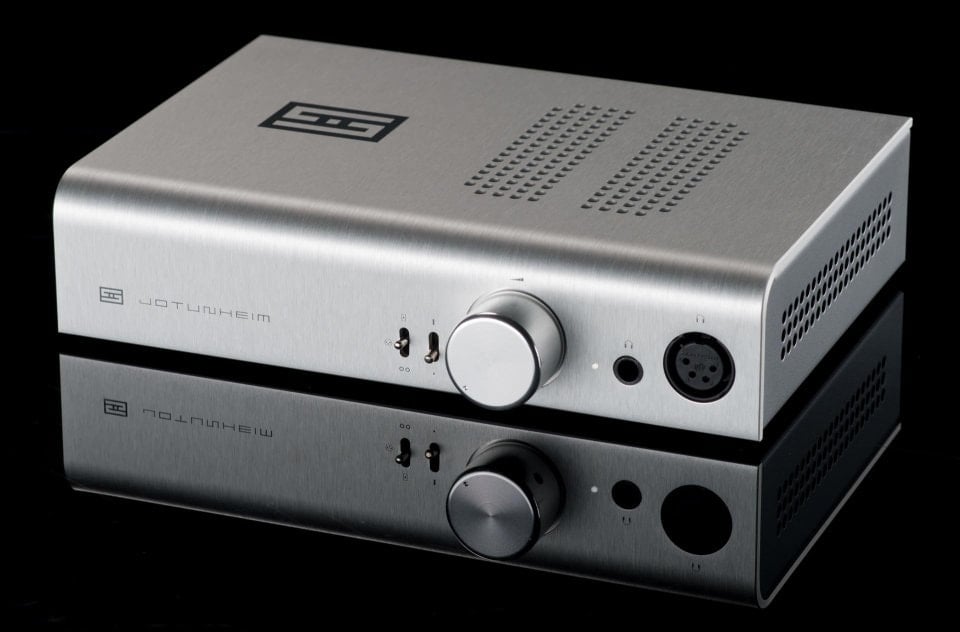
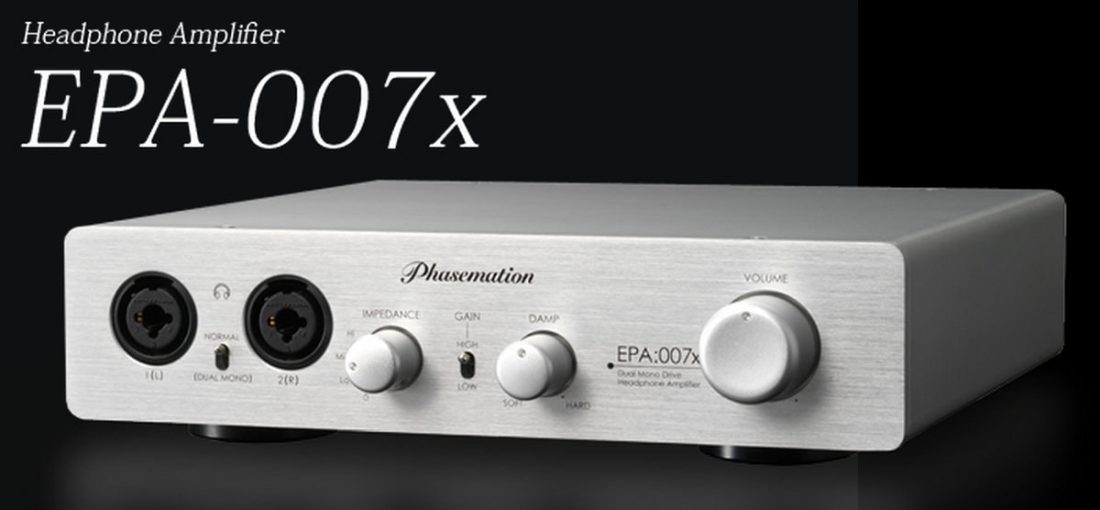


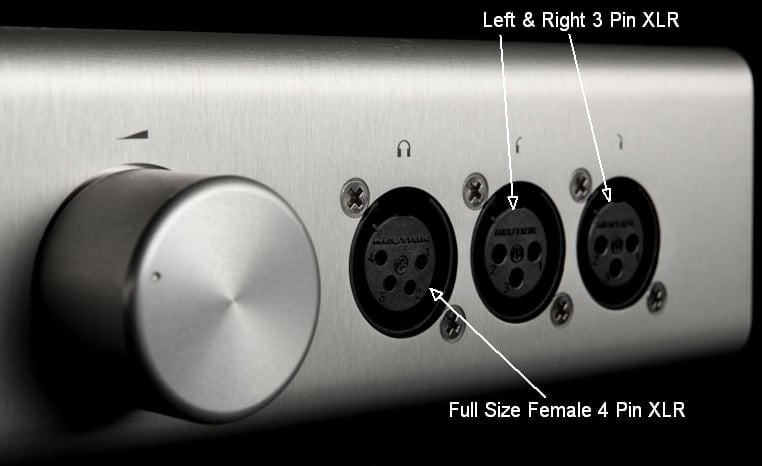
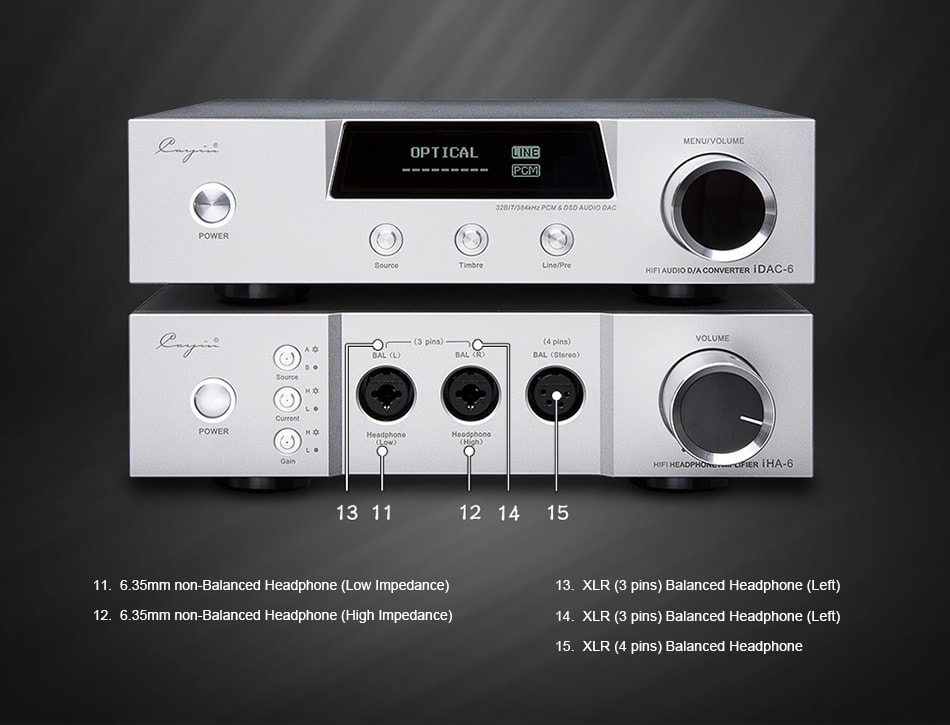

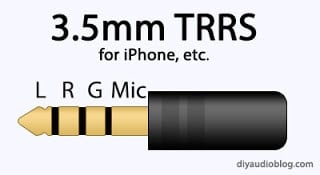
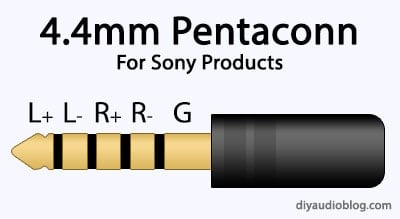

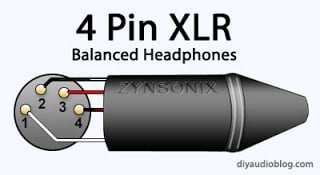
![]()
